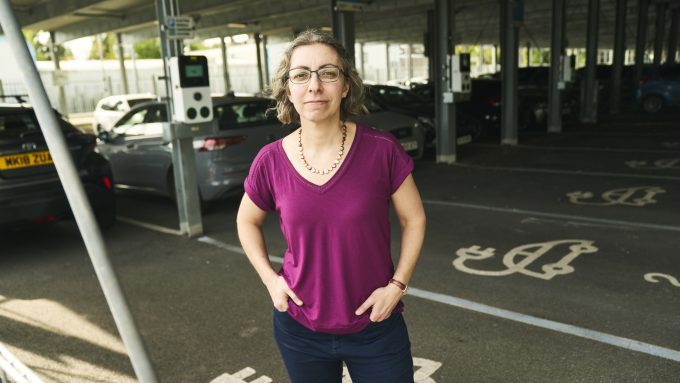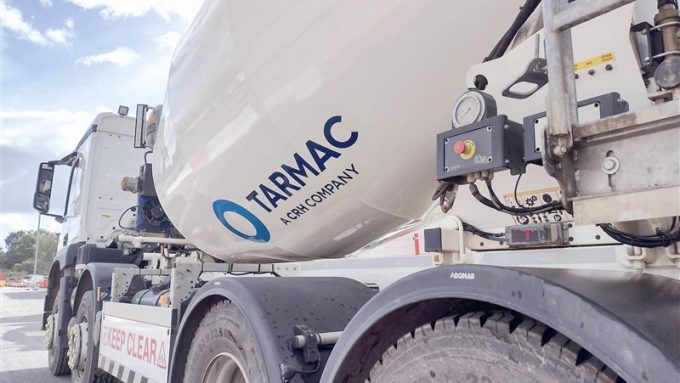
Collaboration Scales Positive Energy Districts Across Europe

Three cities across Europe developed and shared across the EU their methods for involving different groups in the formation of innovation districts – from local residents and property owners to government officials and business leaders.

PED-ID tested these methods to make plans for positive energy innovation districts and install new technologies in Sweden, Austria, and the Czech Republic. They created a suite of guides for other cities to use to quickly and effectively set up innovation districts. The PED-ID project ran between 2020 and 2021.
These three innovation districts were called Positive-Energy-Districts (PED) because they focused on creating positive energy balances, where more energy is produced than used. The ambition of the European Union was to help deliver 100 PEDs across Europe by 2025.
The guides were created after collecting data on key indicators, from emissions reduction to the engagement of stakeholders, during the establishment of the three innovation districts and built upon with feedback gathered in workshops with stakeholders. In these three innovation districts in Sweden, Austria, and the Czech Republic, the project team worked with building and urban developers, local authorities, and many other stakeholders to assess and optimise methods, procedures, and presentation tools before creating the guides. JPI Urban Europe, the project funder, found that stakeholder involvement was by far the most crucial component for a successful implementation of an innovation district such as a PED.
One of the guides for cities was a practical tool for the participation of stakeholders in innovation districts called the Positive Energy Planning Process (PEPP) for Positive Energy Districts, based on the Södertörn Model of engagement. The PED-ID found that it is essential to involve important stakeholders, such as municipal authorities, as early as possible in the process. However, this early stage is also the one when there is the least certainty regarding the potential emissions reduction or falls in energy consumption that can arise as a direct result of taking action. PEPP is a way to help decision-makers balance uncertainty with the benefits of taking early action on investing in low carbon technologies.
Uppsala Business Park | Sweden:
The roadmap for Uppsala Business Park as a Positive Energy District was developed in collaboration between the property owners, the local electricity network operator and the municipality. Using the Södertörn Model of engagement, the project team found a significant source of waste heat from one of the district’s laboratories in the business park. Heating and cooling demand from the grid was avoided by utilising this waste heat in a heating and cooling network along with ground-source heat pumps and geothermal energy. By 2031, there will be 300 000 m2 of energy-efficient life science laboratory facilities. To create more local generation, solar panels on 65% of the roofs and 20% of façade area of new and existing buildings in the district will result in energy production in 2031 that is greater than that required by the buildings.
Kempelenpark | Austria:
The first integrated energy concept taking into account renewable energy source at site was developed by an engineering firm that had little experience in stakeholder engagement but learnt about the Södertörn Model from the Uppsala team. A stakeholder process, workshops and discussions between future building owners, urban district developers and experts took place. The team produced the following plans for Kemplelenpark to be a PED in the future:
- Spatial energy analysis in selected area and adjacent zone (regional energy potential).
- Demand side scenarios based on building types and users (incl. requirement for carbon-neutral buildings with focus on energy efficiency)
- Local and regional renewable energy potential based on spatial energy analysis and demand side scenarios
- Potential of energy flexibility, demand side management and cross-sectoral integration
Rožnov pod Radhoštěm Cultural District | Czech Republic:
The city worked with stakeholders and landowners that had already adopted policies for energy conservation and climate protection and were in favour of pursuing ambitious goals. Rožnov ‘s pre-existing investment initiatives meant that it had restricted access to fundraising for future projects, meaning that barriers were financial rather than technical. Delivered results included:
- Spatial energy analysis in selected area and adjacent neighbourhood with the aim to cover the energy consumption of buildings with renewable sources as much as possible
- Demand side scenarios based on scenarios for building types and users with a focus on energy efficiency
- Use of renewable sources (preferably heat pumps)
- Local and regional renewable energy potential based on spatial energy analysis and demand side scenarios
- Potential for creating energy community within the area
Learning between cities
The PED-ID project produced this suite of best practice for other districts to use:
- Holistic Stakeholder Model for early PEDs: stakeholder engagement methodology and tools adapted to PED projects.
- Process Map from Knowledge-based Approach for PEDs: the stakeholder engagement methodology and its application in Living labs, highlighting key findings and success factors.
- Holistic assessment and innovative stakeholder involvement process for identification of Positive Energy Districts: a comprehensive handbook explaining methods and concepts on designing and selecting solutions for PED projects.
- Visual concept for presentation of results of PED assessment: a manual showing how to communicate the holistic method and process of developing energy scenarios to general audiences and stakeholders.
- Criteria catalogue for Positive-Energy-Districts: a proposed template to assist stakeholders in describing different PEDs using standard technical criteria.
- PED agreement model for cities and municipalities: a quality agreement proposal for setting requirements between stakeholders regarding a PED project.
Further reading
PED-ID – Holistic stakeholder model for early PEDs
White Arkitekter – Developing positive energy districts
This case study was produced for Connected Places Catapult by Centre for Net Zero.





